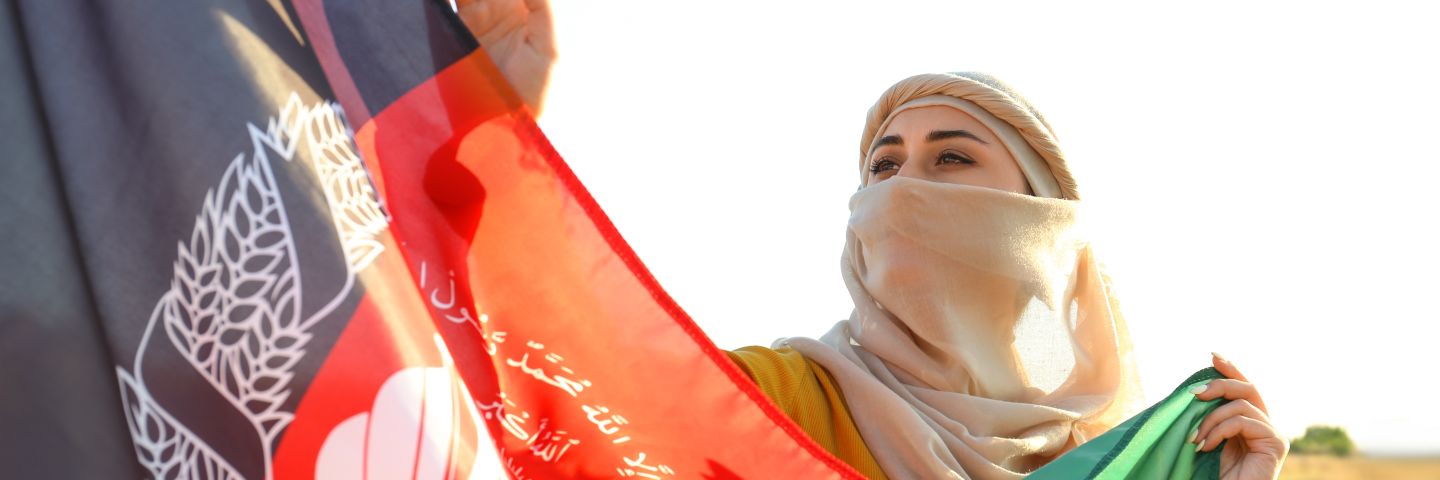Paths to Peace
In 2018, a series of on-campus events and exhibits explored the legacy of antiwar campaigner, Randall "Randy" Forsberg during the 1970s, a time of heightened tensions about nuclear security and the threat of war. The series included:
- Shadows and Ashes: The Peril of Nuclear Weapons, exhibition
- The New Nuclear Disarmament Movement, panel discussion
- Toward a Theory of Peace: Randall Forsberg and Her Legacy, full-day conference
- Nuclear Visions, Cornell Cinema film series including Dr. Strangelove, The Bomb, and Atomic Café.
- A new archive of Institute for Defense and Disarmament Studies (IDDS), Cornell Library
- An electronic release of Forsberg's thesis, Toward a Theory of Peace: The Role of Moral Beliefs (print version available from Cornell University Press).
Shadows and Ashes: The Peril of Nuclear Weapons
This exhibition examined the role of nuclear weapons in our society and reflected on their results. By combining art and scientific information, it opened conversations on the practical and the philosophical implications of humans’ continued efforts to create and to dismantle nuclear weapons.
The traveling exhibition from Princeton University featured work by photographer Gary Schoichet, drawings by child survivors of Hiroshima, ceramic masks by multimedia artist Marion Held, and the poetry of John Canaday, and was on view at the Big Red Barn and Durland Alternatives Library in Anabel Taylor Hall.
Gary Schoichet
Gary Schoichet is an accomplished photographer often lauded for his ability to develop a rapport with people as a basis for making sensitive portraits and engaging stories. His large body of work from the 1980s included a San Francisco project of interviewing and photographing survivors of the Hiroshima and Nagasaki nuclear bombings. Regarding his motivation, he says, “The actual effects of it...were with these people for the rest of their lives. Families were lost, and histories lost...so maybe if people start to feel for other people, something will happen.”
Marion Held
Artist’s statement on Masks to Commemorate Hiroshima: I traveled to Hiroshima, Japan in 2015 and was profoundly affected by a visit to the Peace Park. I saw objects recovered after the bombing and skeletons of buildings, along with monuments and memorials, and felt a sense of horror and responsibility. It is difficult to deal with, and making art is my way of coming to terms with it. The masks made for Shadows and Ashes commemorate what I saw at Hiroshima and are a tribute to those who survived. Under the best of circumstances having nuclear weapons is an unacceptable risk to the world because of possible accidents and misuse by governments, including our own. People need to be thinking hard about the consequences of using these weapons and how we can rid the world of them.
Hiroshima Children’s Drawings
Hiroshima Children’s Drawings are from All Souls Unitarian Church in Washington, D.C. In 1947 the children of the church sent school supplies to survivors in two schools and an orphanage in Japan. In response came the crayon, pencil, and watercolor drawings from the surviving children of the Honkawa School (who had lost 400 of their classmates and teachers in the bombing). The drawings toured the U.S. after the war, went forgotten in a closet for decades, and in 2002 were rediscovered, restored and documented in film and academic essays.
John Canaday
John Canaday’s poetry was featured across the exhibit. He is the author of Critical Assembly, a collection of poems in the voices of the men and women—scientists, spouses, laborers, locals, and military personnel—involved in the Manhattan Project. He is also the author of a nonfiction study, The Nuclear Muse: Literature, Physics, and the First Atomic Bombs. "Nuclear weapons have been inscribed into our culture and our psyches, a process that is surely among the most crucial transformations in human history,” said Canaday in Critical Assembly.


